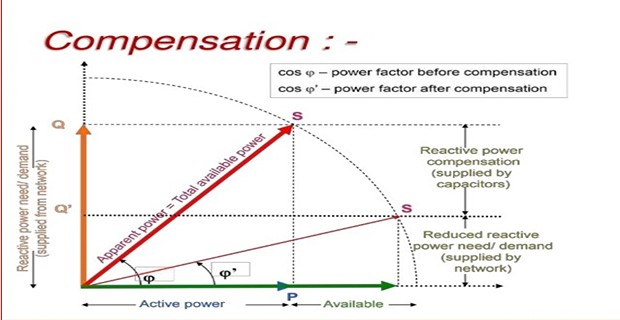Review of Fundamental Concepts of Power Systems
Demonstrative Video
Lecture-2: Overview
Sign Convention of \(V\) and \(I\)
Phasor Representation
Conversion of Time-domain to Phasor and Impedance Triangle
Powers: Instantaneous, Active, Reactive, and Complex
Relationship between the power quantities
Power Factor and its Significance
Advantage of Reactive Power Compensation
Sinusoidal \(V\) and \(I\) in Steady State
Convention for \(V\) and \(I\)
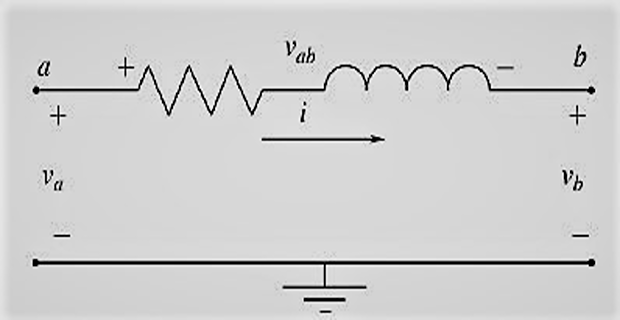
In linear circuit with sinusoidal \(V\) and \(I\) of frequency \(f\) applied for long so that steady state is reached, all \(V\) and \(I\) are at \(f=\omega/2\pi\)
Phasor converts \(v(t)\) and \(i(t)\) to complex variables \(\overrightarrow{V}\) and \(\overrightarrow{I}\)
Phasor Representation
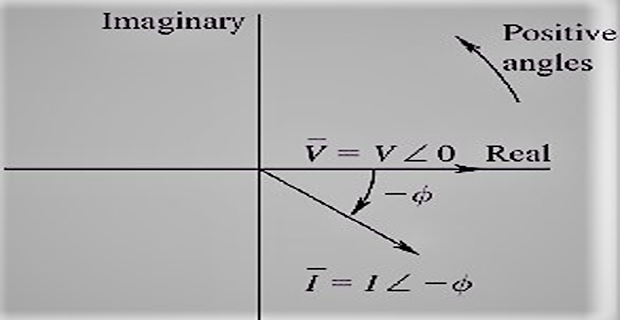
Time-domain, Phasor, & Impedance Triangle
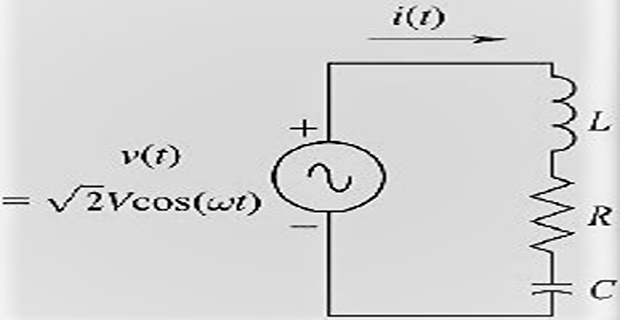
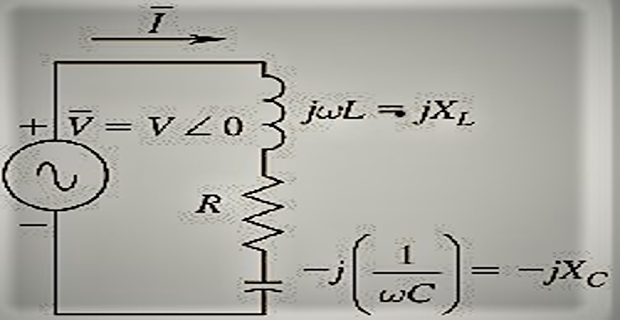
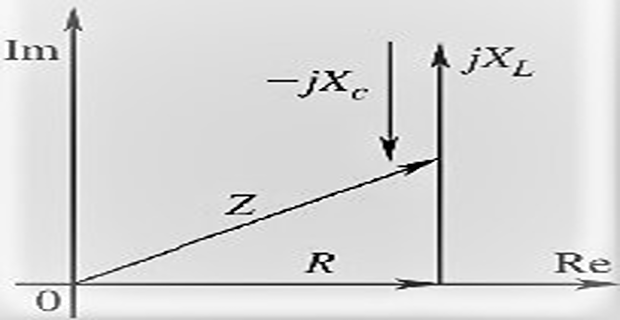
Power and Power Factor
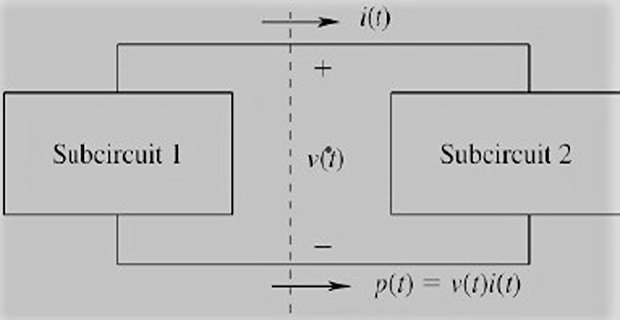
Instantaneous power \(p(t)=v(t)\cdot i(t)\) delivered by subcircuit-1 (Generator) is absorbed by subcircuit-2 (Load)
A negative value of \(p(t)\) reverses their role of delivering and absorbing power
Complex power (\(S\)), reactive power (\(Q\)), and power factor (pf) express how effectively active (average) power \(P\) transferred from one subcircuit to other
Instantaneous Power
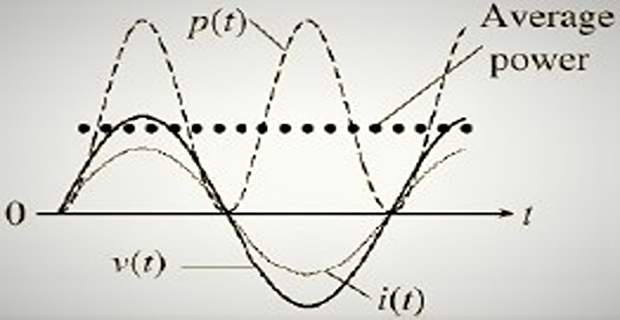
If \(v(t)\) and \(i(t)\) are in phase, \(p(t)\) pulsates at twice the steady-state \(f\)
In this case, for all times \(p(t) \geq 0\), and therefore power flows in only one direction from subcircuit 1 to 2
The average over one cycle of the second term of the RHS is zero, therefore average power is \(P= VI\)
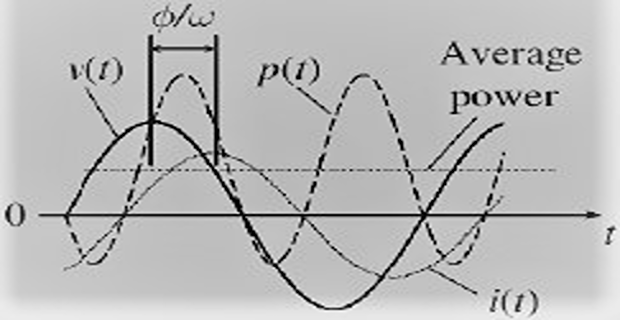
Considering \(i(t)\) lags behind \(v(t)\) by \(\phi (t)\)
- \[\begin{aligned} p(t)& =\sqrt{2} V \cos \omega t \cdot \sqrt{2} I \cos (\omega t-\phi) \\ & =V I \cos \phi+V I \cos (2 \omega t-\phi) \end{aligned}\]\(\phi/\omega\)\(p(t)\)
Negative \(p(t)\) means power flow in opposite direction
This back and forth flow of power indicates real power is not transferred from one subcircuit to other
Avg. power \(P=VI\cos\phi\) is less than the previous case
Powers: Active, Reactive, & Complex
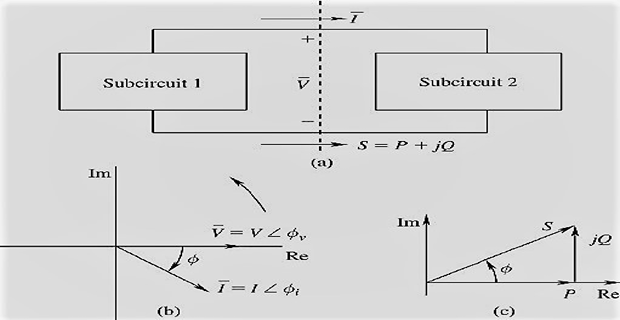
Relationship between Power Quantities
\(I\cos \phi\) is in phase with \(V\), and results in \(P\)
\(I\sin \phi\) is at \(90^\circ\) to \(V\), and results in \(Q\)
Power Factor
Units and Important Points
Electrical usage cost is prop. to \(|S| = VI\)
Electrical insulation level and magnetic core size for a definite \(f\) depends on \(V\)
Conductor size depends on \(I\)
\(P\) represents (useful work \(+\) losses)
Desirable for \(Q = 0\) because it increases \(|S|\)
PF measure how effectively load draws \(P\)
Ideally \(P\) should be 1 (unity) i.e \(Q=0\)
Inductive load draws power at lagging pf (\(I\) lags \(V\))
Capacitive load draws power at leading pf (\(I\) leads \(V\))
\(P\) and \(Q\) in system
Importance of \(Q\)- Compensation
